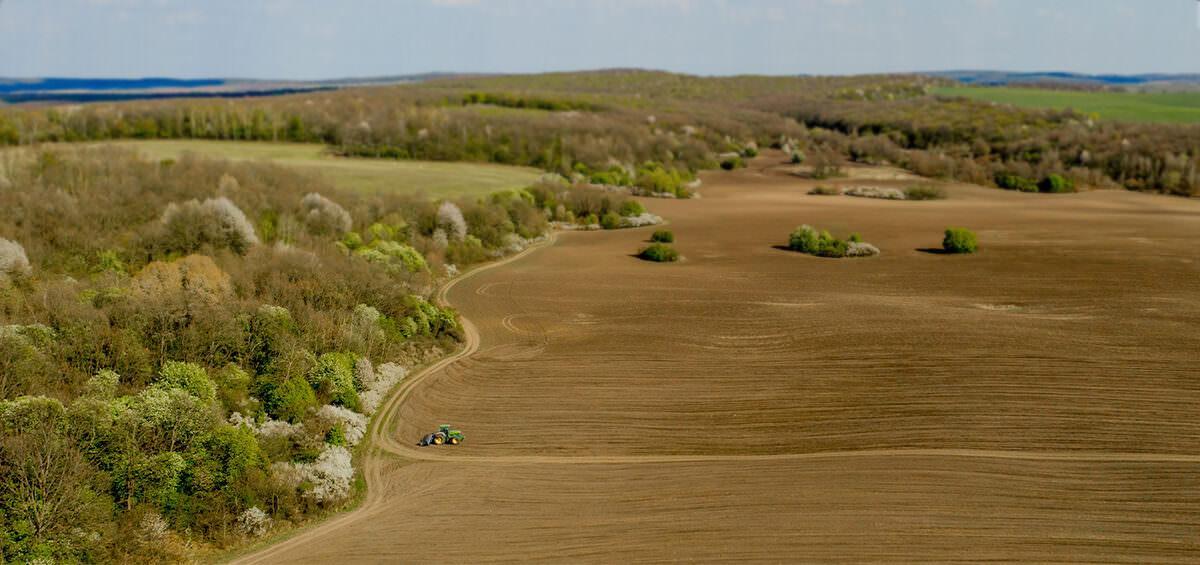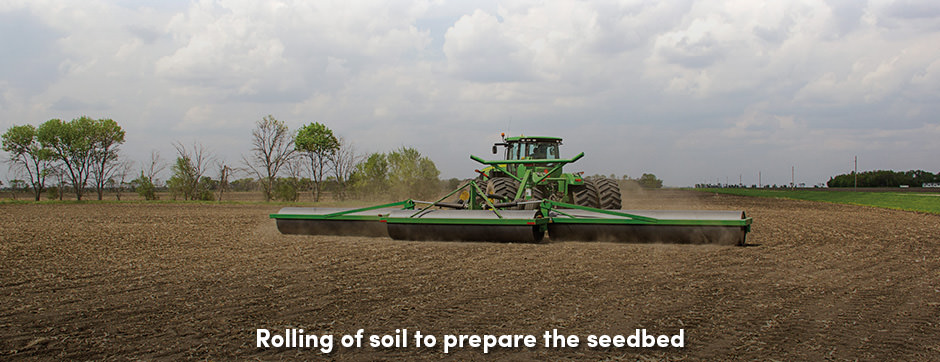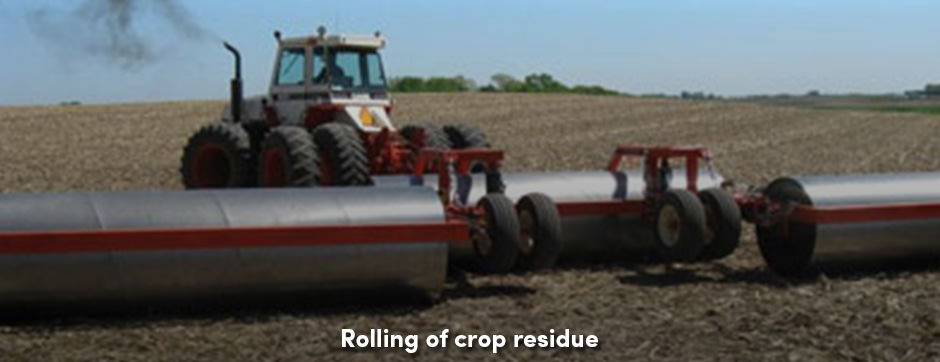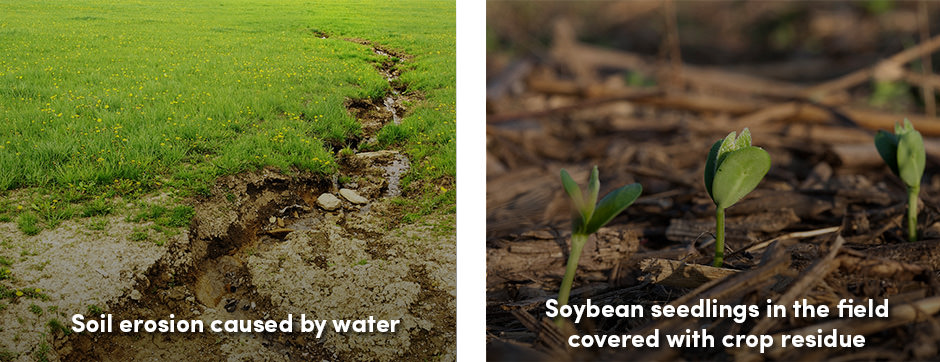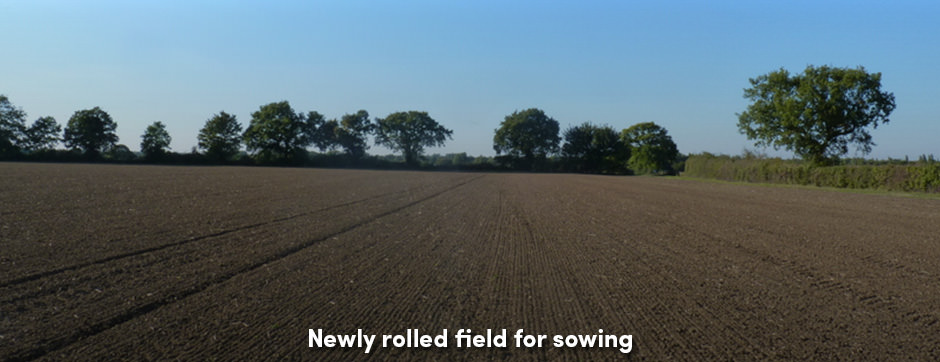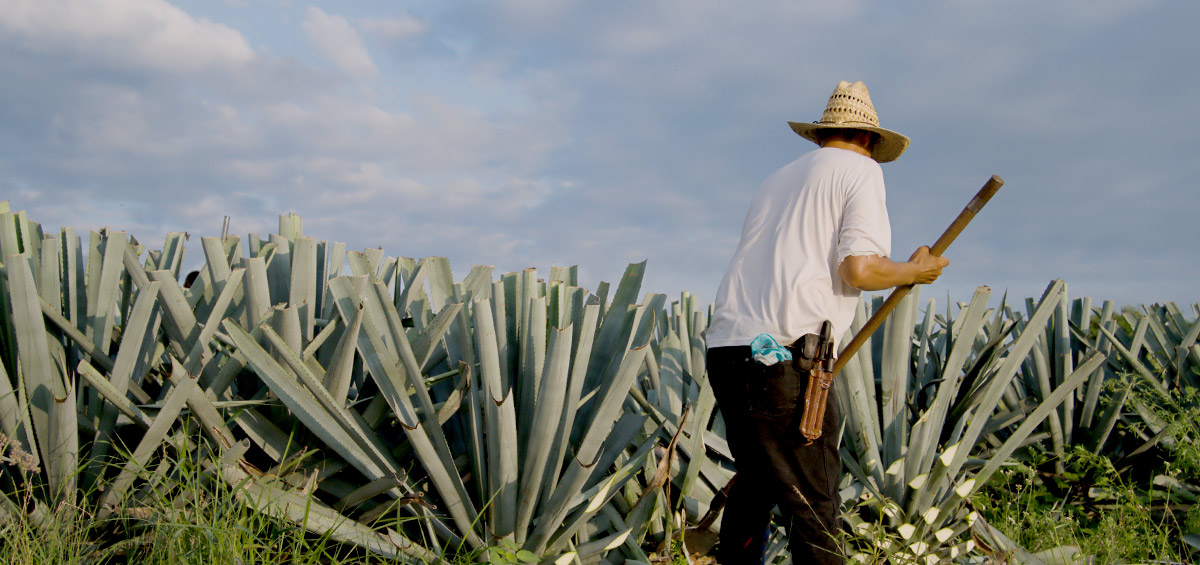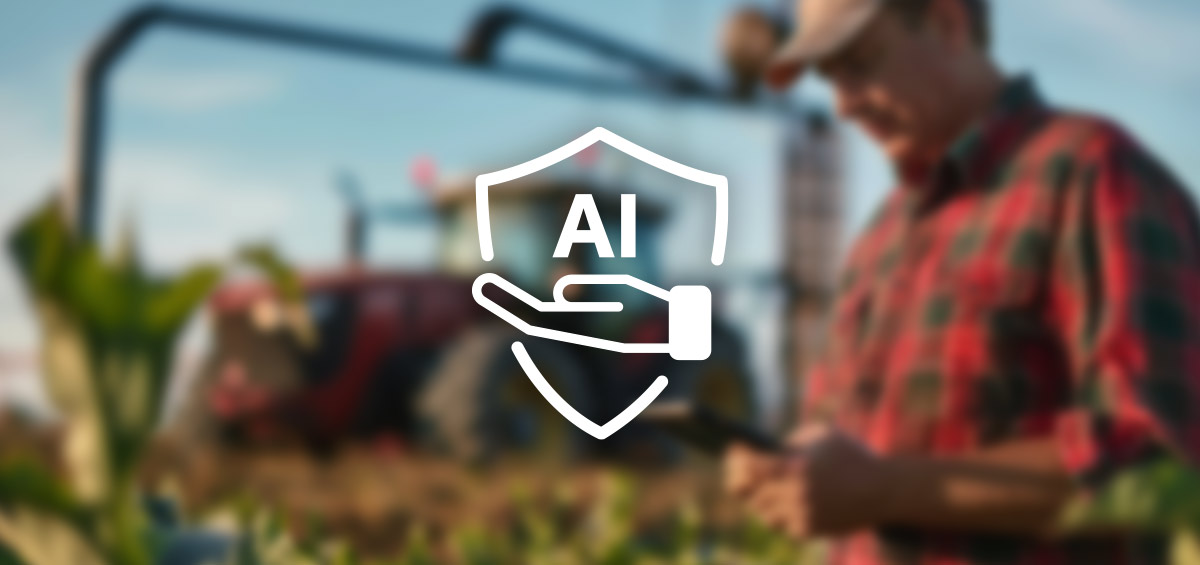The final step that should be taken for soil preparation for growing of crops is rolling. It completes and prepares the soil for sowing. Interesting of this practice is that rolling of soil is not a widespread tillage practice among farmers. So, why don’t farmers practice rolling regularly and why should they include it in tillage practices for seedbed preparation?
Why to Roll the Soil?
Although ready for sowing, fields may have many rocks, plant debris, roots, and other solid objects. These can damage combines when harvesting close to the ground. To avoid this possible resulting expense, farmers will roll the soil prior to the sowing in order to push those objects into the soil.
Rolling can be done after sowing crops too. This tillage practice has several advantages, which are as follows:
- Creating of smooth and firm seedbed
- Pressing the seeds into the soil, thus eliminating air pockets from the soil
- Creating better water reception from the surrounding soil layers
- Faster germination
- Retaining of soil moisture for a longer period.
Every crop needs deep and well-drained soil for rapid growth and development of healthy roots. That can be accomplished by using land rollers as a standard soil tillage practice. Rolled soils create a better seedbed for germinating seeds and prevent seeds from washing out of the soil. This is especially important for very small and light seeds, such as grass, alfalfa, canola, and flax seeds. Rolling also removes the trash from the field, especially important to farmers in no-till farm systems.
How Improper Rolling Affects the Soil?
Regardless the tillage system a farmer uses, a few important aspects should be considered when rolling the soil;
- Time of rolling
- Proper roller application
- Number of passes.
If not managed properly, negative effects on soil properties and plant growth may be seen. Rolling with too heavy rollers may destroy soil surface aggregates and make the soil more susceptible to wind and water erosion, sealing, and runoff.
Another potential risk of rolling occurs when the soil is rolled in dry conditions and prior to crop emergence. Land rollers pulverize the soil, allowing the thin surface layer to be taken away by the water or the wind. For this reason, although rolling is used to manage tough crop residue left after the harvest, it should be avoided when the field is covered with less than 30% crop residue.
There are contrasting beliefs and varying experiences when it comes to land rolling. Although rolling firms the soil, increases soil-seed contact, and enhances harvest and crop quality, it also causes soil erosion and surface runoff.
So, the final question stands; to roll or not to roll the soil? Well, it depends solely on the farmer himself, how he feels when it comes to soil preparation for growing crops.
Tips for Farmers Who Consider Rolling an Essential Farm Practice
For those who do decide to roll their fields, they can follow a few tips when rolling the soil, as outlines below:
- Practice rolling the soil immediately after sowing or as early after germination as possible to avoid plant injury and also allow more time for plant recovery
- Avoid rolling erosion-prone fields immediately after planting; instead, roll before planting or after crop emergence
- When rolling after crop emergence, roll in the afternoon, during the heat, when the plants are flexible
- Avoid rolling when the soil is moist to reduce the risk of the soil sticking to the roller and disrupting the soil structure
- Take care of tractor tires and roller width configuration to minimize plant injury.
Regardless of the farming practice a farmer chooses to use, the key to successful soil preparation lies in the balance between positive and negative effects of each on both the soil and the crop.
Image sources: Summers Manufacturing || Anne Wheaton || Illinois Soybean Association
